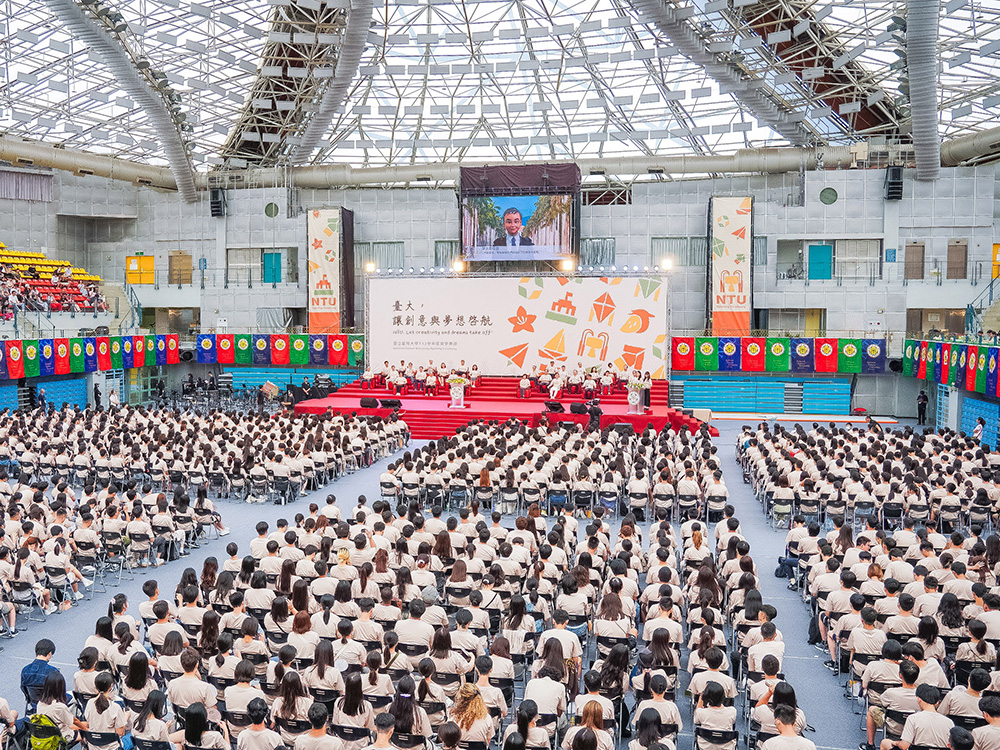
NTU Opening Ceremony: “Where Creativity and Dreams Take Flight”
瀏覽器版本過舊,或未開啟 javascript
請更新瀏覽器或啟用 javascript
Spotlights
Figure 1. 2D Organic-Inorganic Hybrid Perovskite.
Figure 2. Spacer-dependent Reorientational Dynamics of MA.
The research collaboration team led by Prof. Chun-Wei Chen (NTU) and Dr. Tsyr-Yan Yu (Academica Sinica) reported the result of the reorientational dynamics of A-site cations in two-dimensional organic–inorganic hybrid perovskites (2D OIHPs), which was published in Nature Communications recently.
Limited methods are available for investigating the reorientational dynamics of A-site cations in two-dimensional organic-inorganic hybrid perovskites (2D OIHPs), which play a pivotal role in determining their physical properties. An approach to study the dynamics of A-site cations using solid-state NMR and stable isotope labeling was reported. 2H NMR of 2D OIHPs incorporating methyl-d3-ammonium cations (d3-MA) reveals the existence of multiple modes of reorientational motions of MA. Rotational-echo double resonance (REDOR) NMR of 2D OIHPs incorporating 15N- and 13C-labeled methylammonium cations (13C,15N-MA) reflects the averaged dipolar coupling between the C and N nuclei undergoing different modes of motions. Our study reveals the interplay between the A-site cation dynamics and the structural rigidity of the organic spacers, so providing a molecular-level insight into the design of 2D OIHPs.
Prof. Chun-Wei Chen is currently the Director of International Graduate Program of Molecular Science and Technology (NTU-MST), National Taiwan University. He is also a distinguished professor at the Department of Materials Science and Engineering, NTU. Dr. Tsyr-Yan Yu is an associated research fellow at Institute of Atomic and Molecular Sciences, Academia Sinica. He is also an associated professor at NTU-MST. This work was mainly carried out by Mr. Cheng-Chieh Lin, who is currently a Ph.D. student in NTU-MST.
Reference: “Direct investigation of the reorientational dynamics of A-site cations in 2D organic-inorganic hybrid perovskite by solid-state NMR”, Nature Communications,13,1513, (2022)

NTU Opening Ceremony: “Where Creativity and Dreams Take Flight”
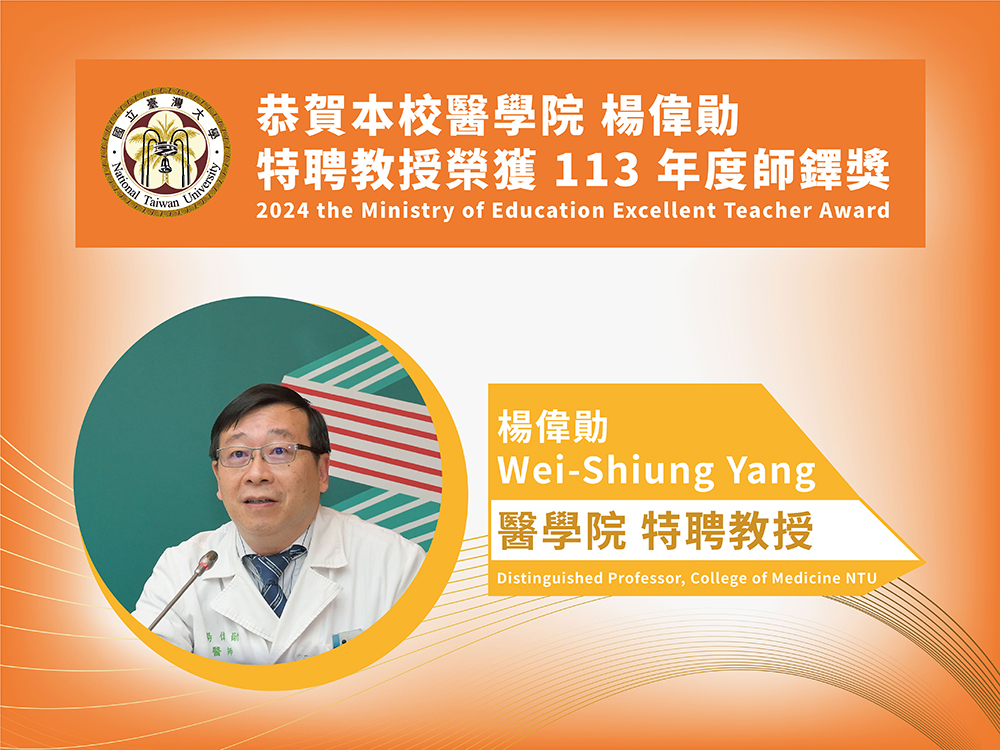
Prof. Wei-Shiung Yang wins MOE National Excellent Teacher Award
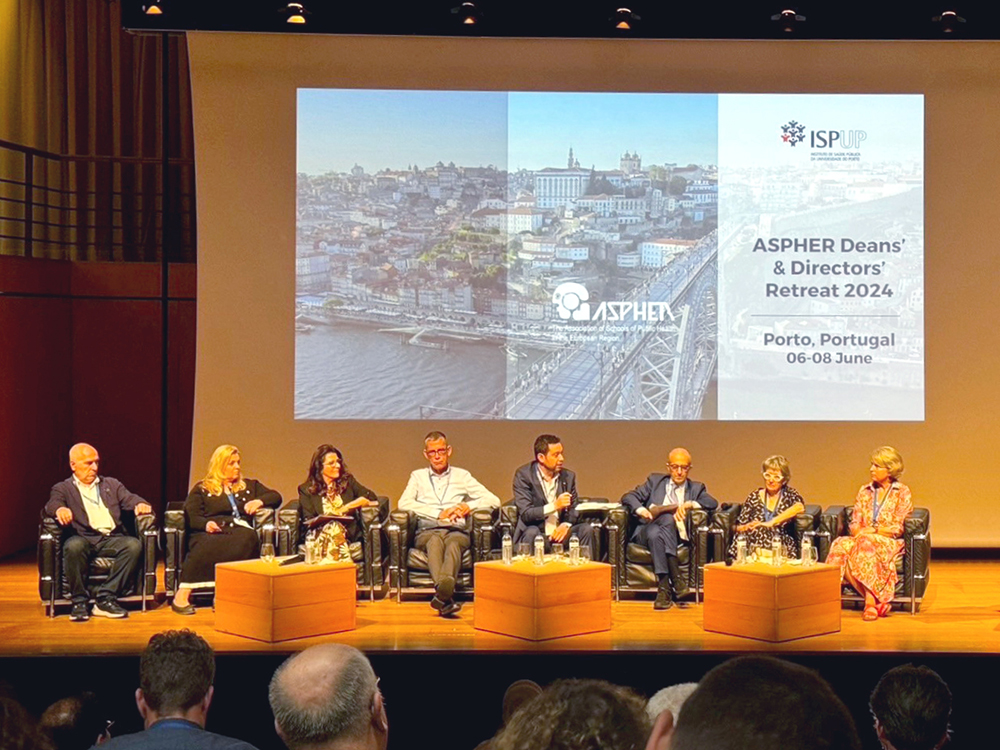
NTU College of Public Health's Global Health Program Joins the Association of Schools of Public Health in the European Region
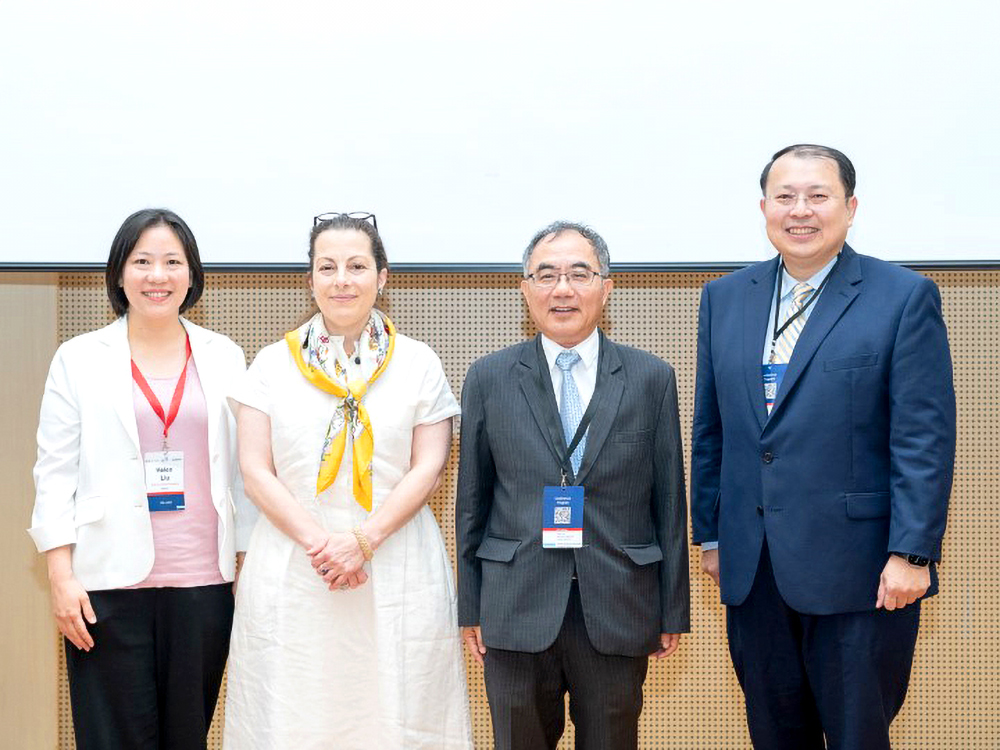
NTU hosts a successful dg.o 2024
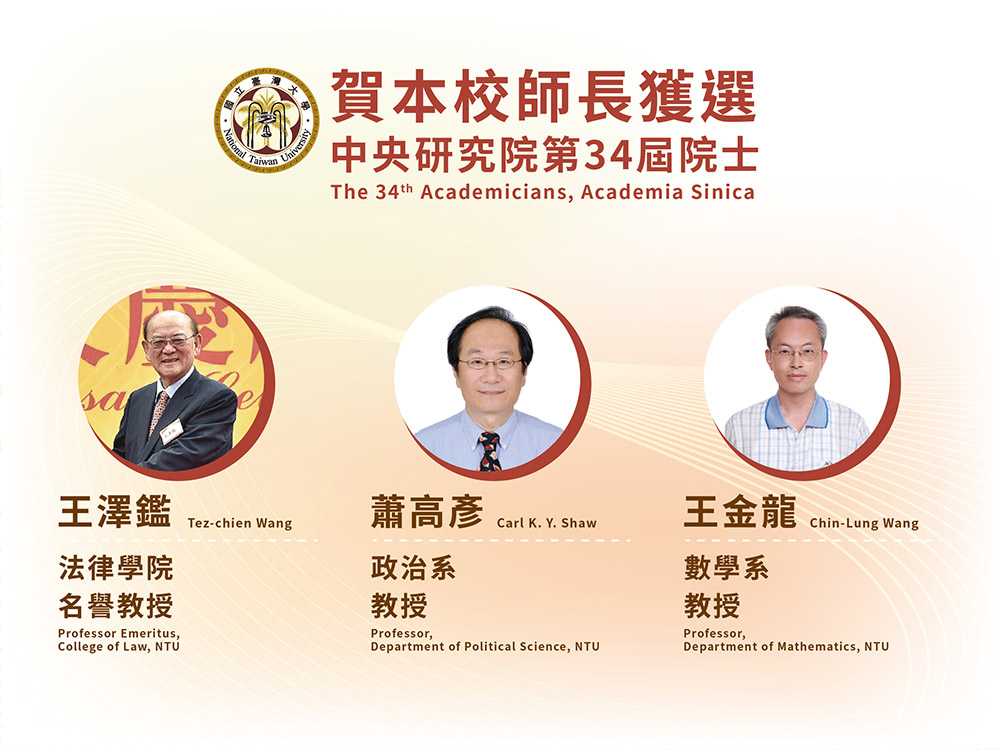
Congratulations to NTU faculty members elected as 34th AS academicians
Current Spotlights